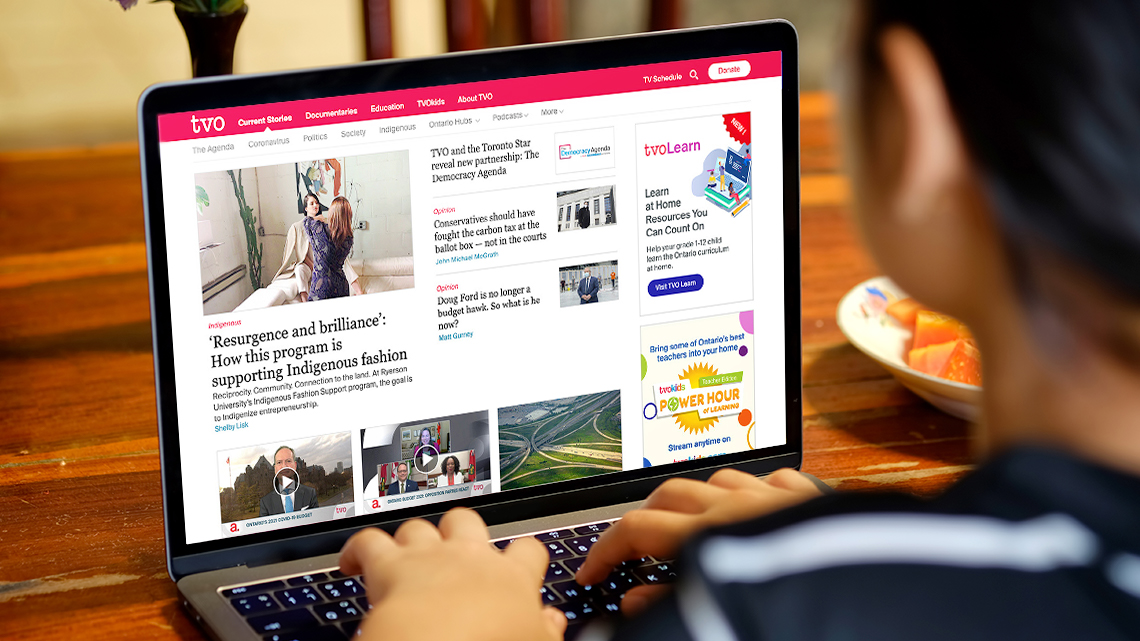Minds On
Media literacy
What do the words “media” and “literacy” mean to you? What do they mean when you put them together?
Let’s make a list of as many different types of media you can think of.
Media literacy is the ability to identify different forms of media and understand the information and ideas they are communicating. Media comes in different forms such as films, video games, songs, news articles, advertisements, comics, TV shows, memes, photographs, billboards, and websites. But interestingly, they all have something in common. They are all created for a reason.

Purposes of media
Most media messages are created to carry out at least one of three purposes:
- to inform or educate
- to entertain
- to persuade
And some are created to carry out all three! For example, the main purpose of an advertisement may be to persuade but it can also educate as well as entertain.
All types of media communicate a message to their audience and it’s important for us to make sense of that message. We can do this by exploring who created it, why it was created (i.e., the purpose of the message), and whether or not the message is credible or trustworthy.
Action
Task 1: Classifying media
The goal of media is to deliver a message to an audience using the most suitable media “channel” for the product or service. We are going to explore these channels or types of media.
In general, you can sort and/or classify media in three categories: print, broadcasting, and Internet media.
- Print or print-based media includes books, magazines, newspapers, billboards, and brochures.
- Broadcasting media involves the distribution of video and/or audio. Examples of broadcasting media include TV, movies, and radio.
- Internet media includes information that is delivered in many different forms including digital text, video, and audio. The way we receive the news also depends on what we choose to access on the Internet. Internet media consists of websites, social media sites and applications, podcasts, and discussion boards (just to name a few).
The following are images that show each media form. Work independently, or with a partner to examine each image. Use the following questions to help you sort each image:
- What is the method of delivery? e.g., does it fit the print category, broadcasting category, or Internet category?
- What is the purpose of this type of media?
How did you sort the images? You probably noticed that the images only fit the printed media and Internet media categories. Could you come up with an example that would fit the broadcasting media category?
Task 2: Identifying purpose
Take a moment to examine each of the following topics listed below. Consider which type of media form to use for each topic then determine the purpose of the media form (e.g. to inform, to entertain, or to persuade). Record your ideas using a method of your choice.
| Topic | Media Form | Purpose |
|---|---|---|
|
Selling a product |
||
|
Describing safety protocols |
||
|
Sharing information about a charitable cause |
||
|
Telling a joke |
||
|
Reporting a current event |
Task 3: Analyzing media
Now that you have learned about different types of media forms and their purposes, let’s think critically.

Do you think it’s important for media to inform, to entertain, or to persuade? Which one is more important? Why? Do you think that there is one form of media that is the most effective? Why? If possible, share your responses with a partner.
Press the ‘Answer’ button to access whether media should inform, entertain, or persuade.
Consolidation
Apply your learning
Now it’s time to check what you’ve learned. For each term, select the corresponding definition.
- What have you learned about the types of media forms?
- How do different types of media forms communicate ideas?
- Is there a media form you find most effective?
Reflection
As you read through these descriptions, which sentence best describes how you are feeling about your understanding of this learning activity? Press the button that is beside this sentence.
I feel...
Now, record your ideas using a voice recorder, speech-to-text, or writing tool.



